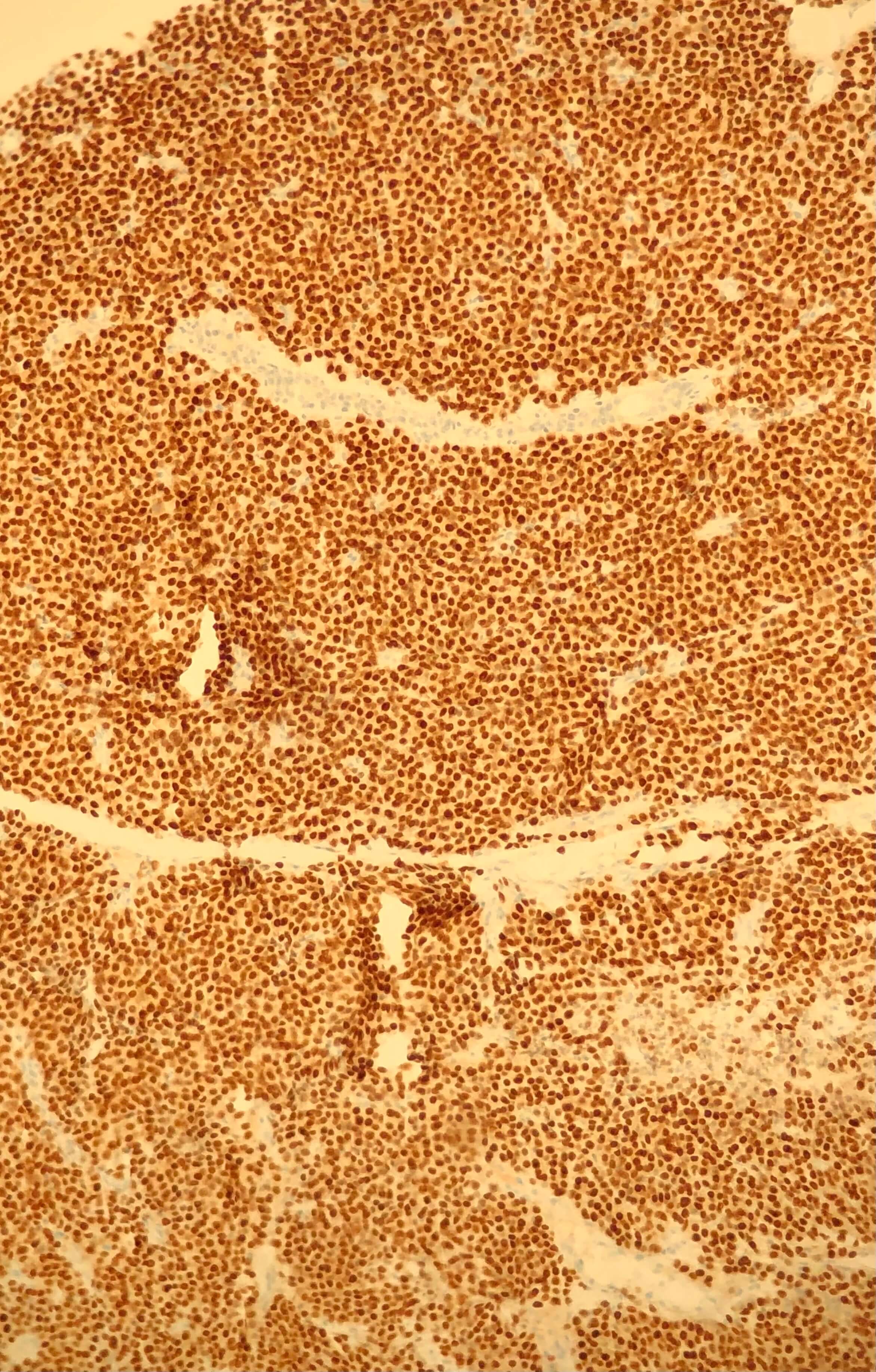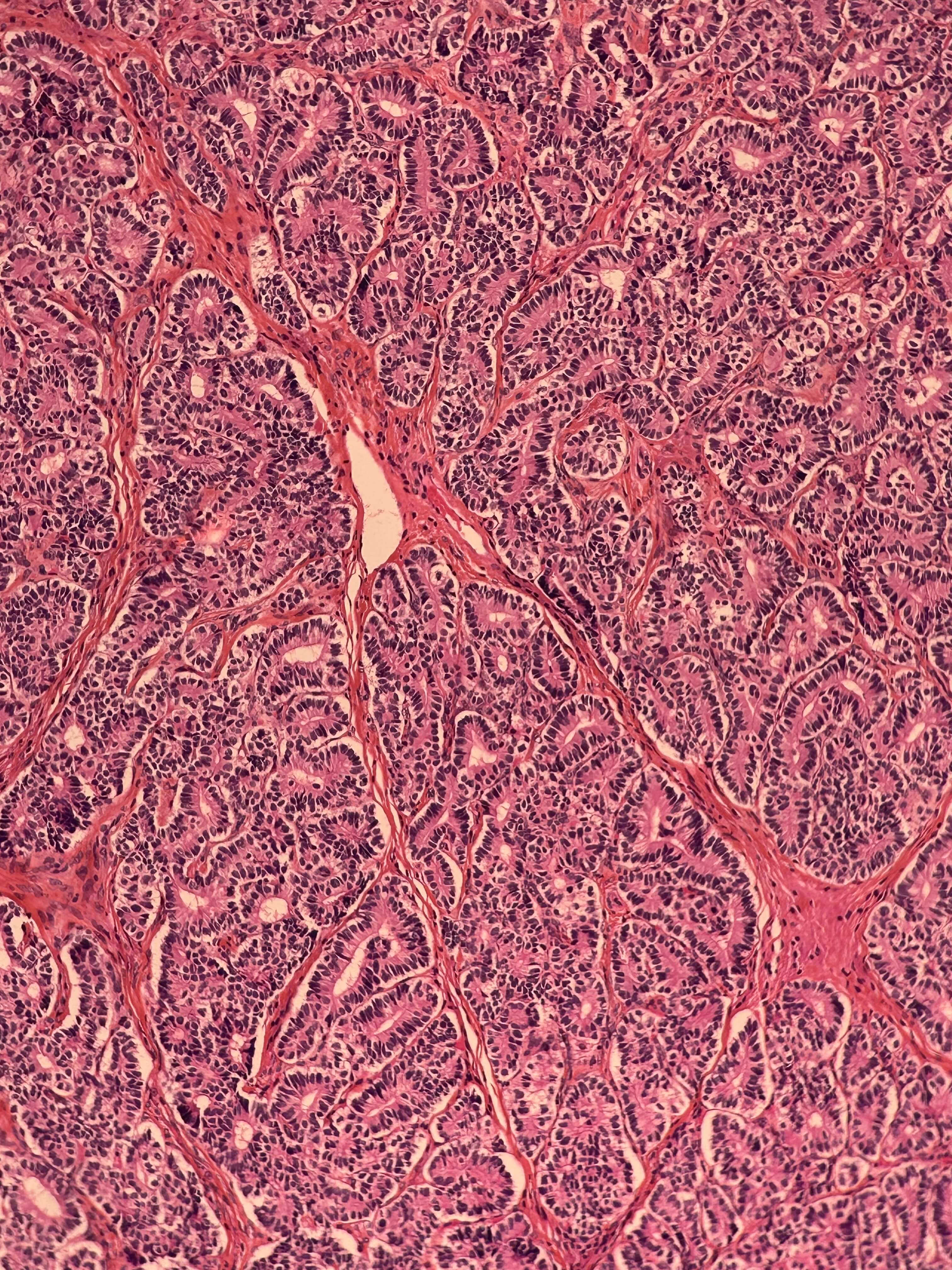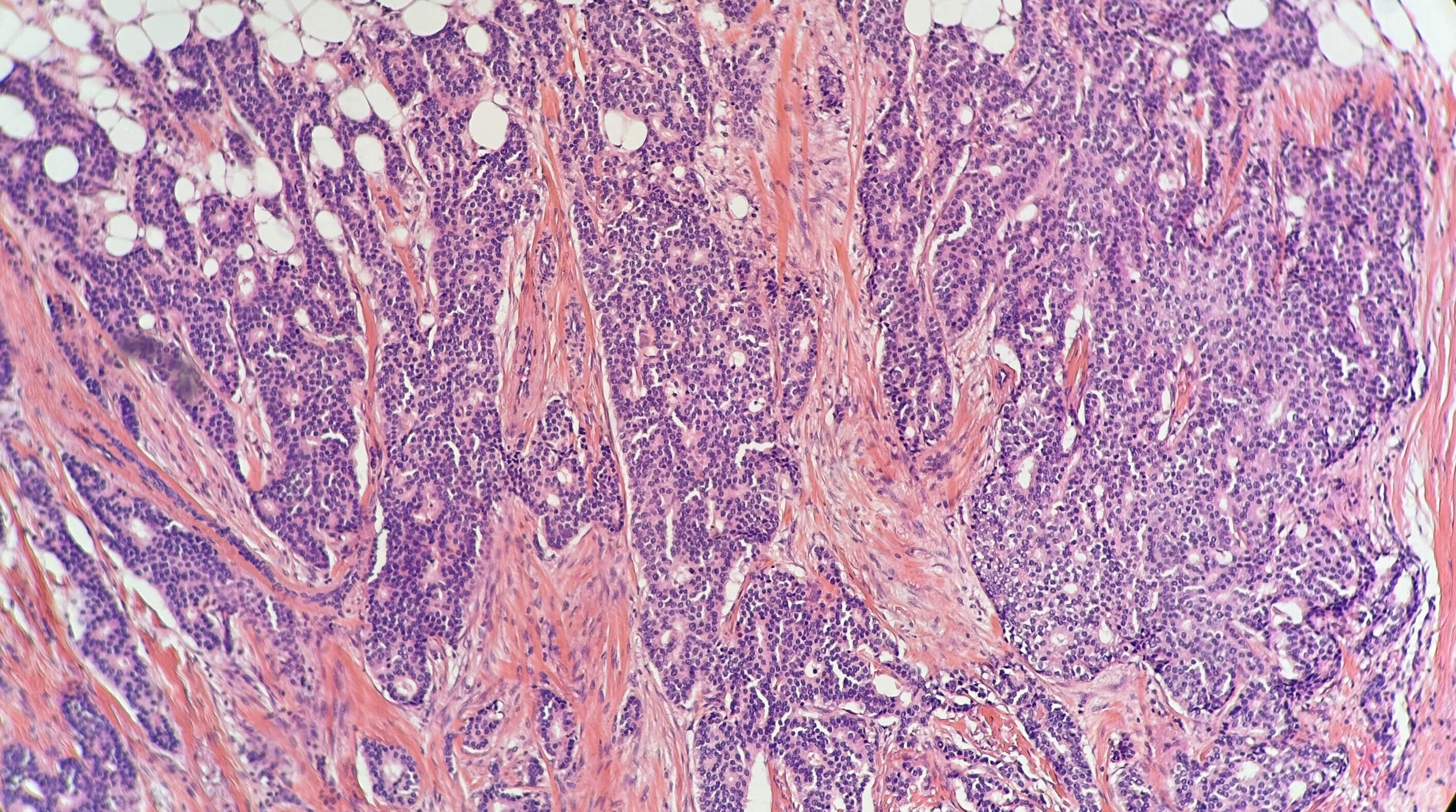





From the chemical era to the optical era
We are transiting to the optical era of pathology by developing a virtual staining technology. It transits unstained biopsy slides to stained diagnostic images in seconds.
What is virtual staining?
Virtual staining creates a digital image from an unstained tissue slide, accurately reproducing traditional histological stains. This innovative method combines optical imaging and AI to deliver diagnostic-quality results in record time.
Example of RainPath virtual staining result
Digital conversion of an H&E slide into an immunohistochemistry (IHC) stain (Ki-67) with Rainpath virtual staining
Key benefits of virtual staining
AI-powered virtual staining is revolutionising histology by offering a fast, sustainable and cost-effective alternative to chemical staining.
This technology develops diagnostic-quality tissue images without reagents, reducing the use of toxic products and preparation time. With deep learning and thousand of paired training images as its backbone, virtual staining improves pathology diagnosis while paving the way for more environmentally friendly and accessible digital pathology.
Increased precision
Virtual staining opens the door to more accurate diagnostic information. Powered by deep learning, virtual staining delivers high-fidelity tissue images ready for pathological diagnosis and biomedical research
Accelerated diagnosis
AI-powered virtual staining drastically reduces pathology analysis time (by up to 90% for certain tests) by instantly generating stained images from untreated tissue.
Minimises chemical use
Virtual staining eliminates the use of toxic chemical reagents, offering a more environmentally friendly alternative to traditional pathology.
Economic efficiency
Virtual staining reduces expenditures on reagents and laboratory equipment, while also reducing long-term investment costs by offering a fully software-based solution.

.svg.png)


.png)